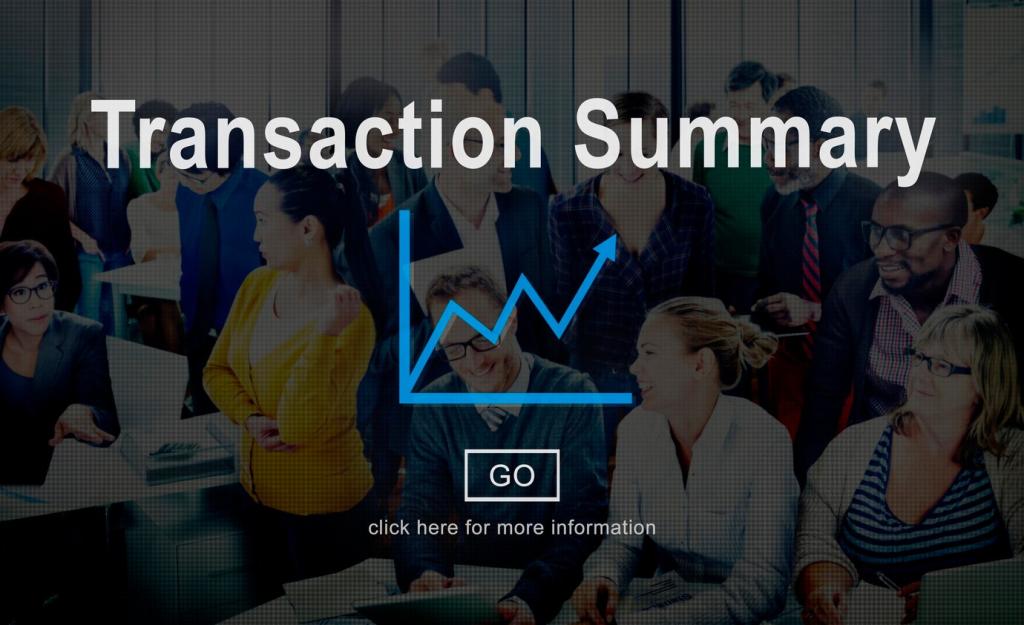Measuring ROI: Time Saved, Errors Reduced, Risk Managed
Track hours saved per cycle, number of manual adjustments avoided, and approval turnaround times. Many teams reclaim entire days each month, freeing HR to focus on onboarding, engagement, and workforce planning instead of hunting down missing claims and timesheets.
Measuring ROI: Time Saved, Errors Reduced, Risk Managed
Monitor error rates in EPF, SOCSO, EIS, and PCB calculations. Fewer corrections mean fewer penalties and healthier employee trust. Good audit logs shorten investigations, while standardized workflows reduce the risk of one-off mistakes becoming recurring issues.






